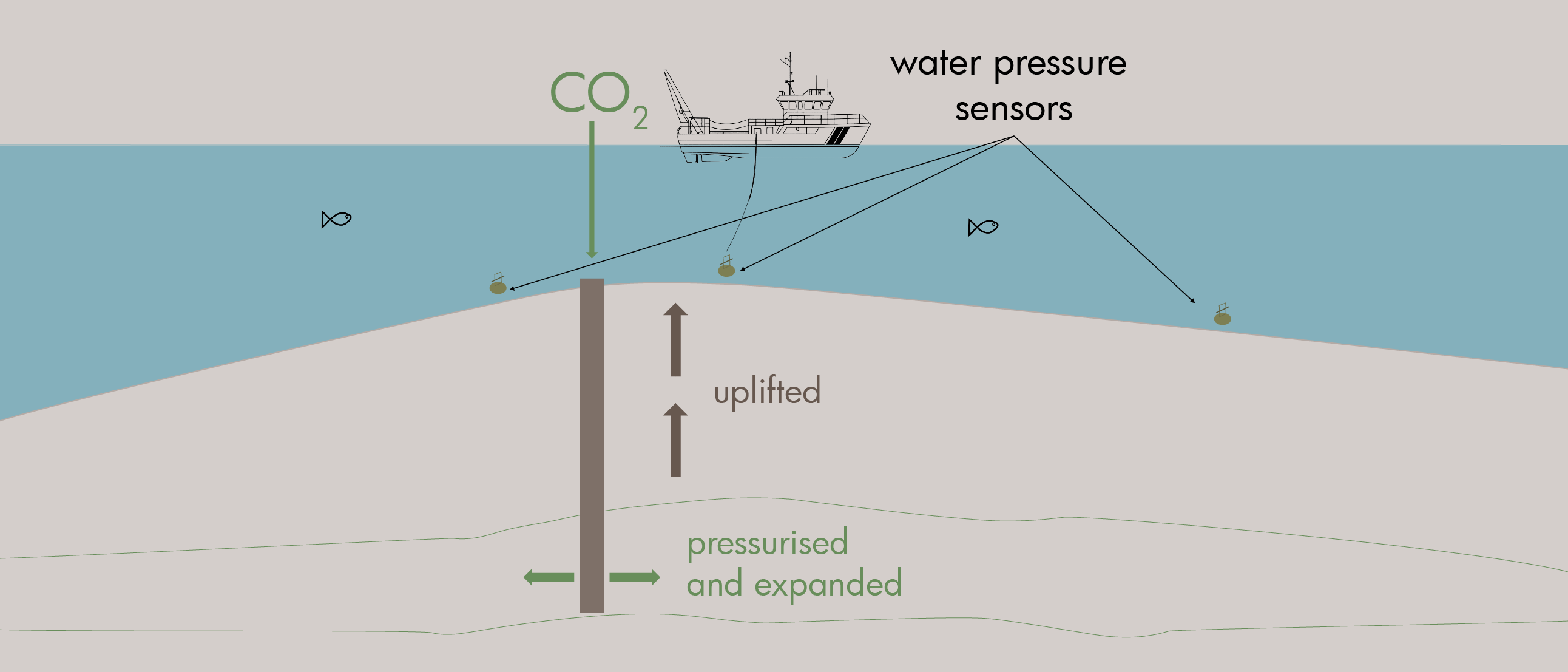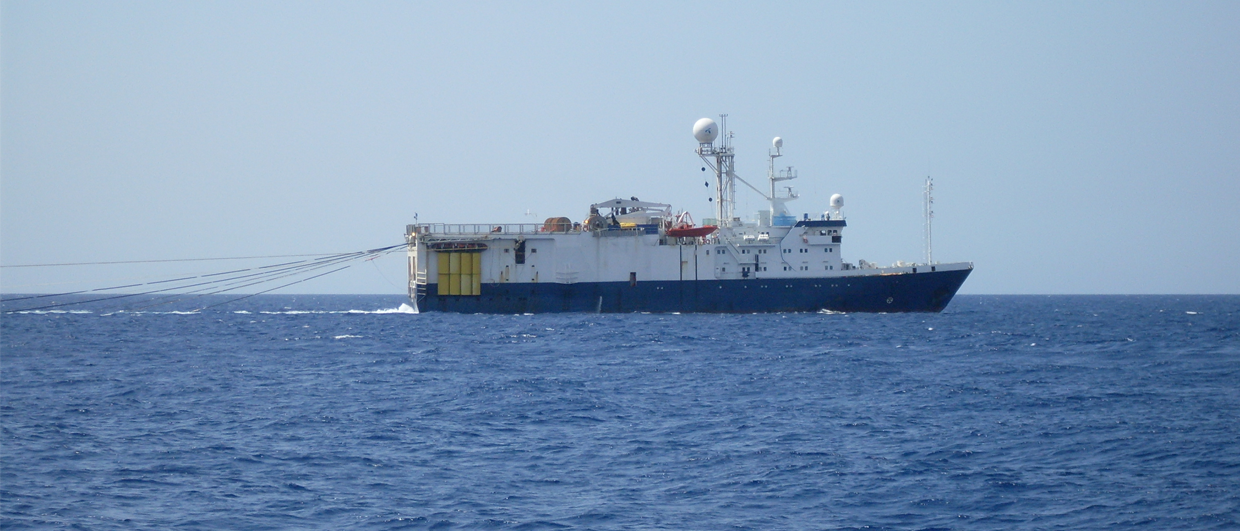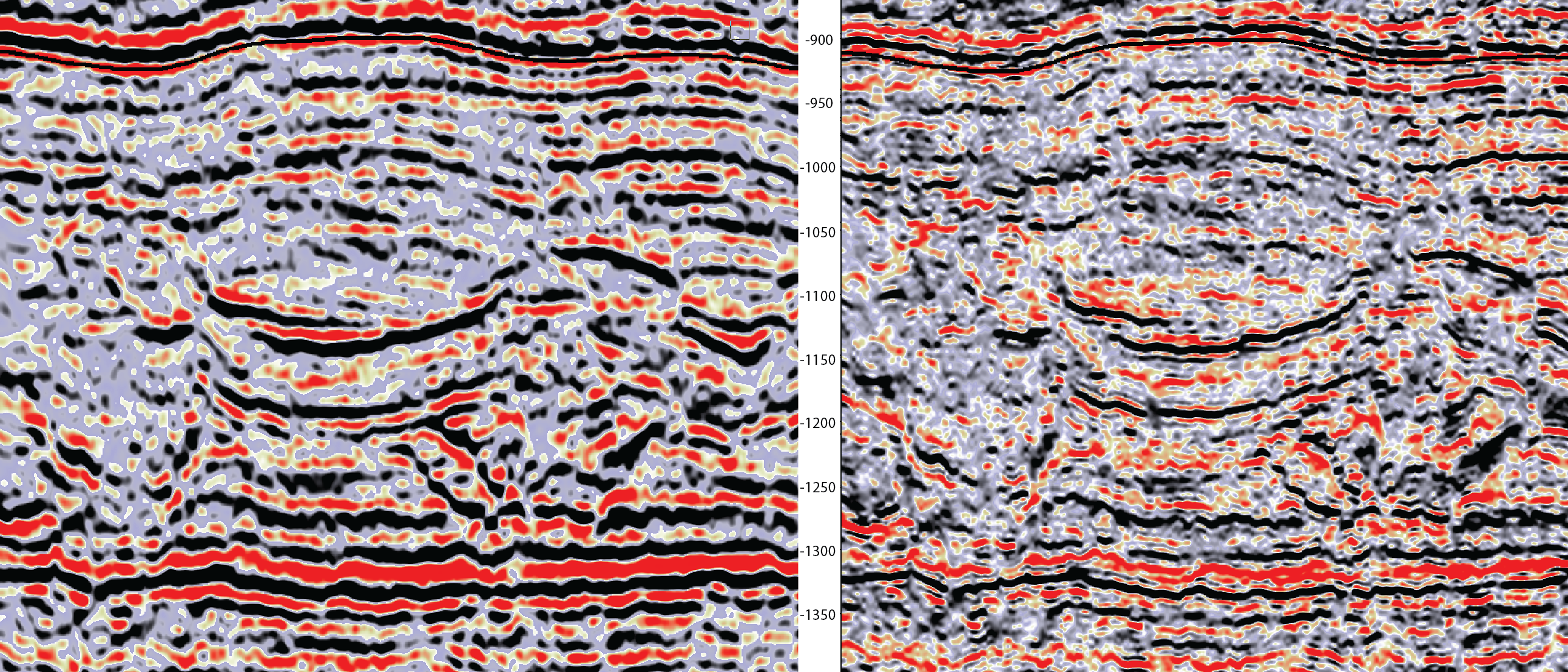With the North Sea offering more than two thirds of the CO2 storage capacity in northwest Europe, combined with the view that CCS is considered a critical part of the solution to reduce global net CO2 emissions, it is no surprise that there is quite a lot going on in the area at the moment.
As an example, two CO2 storage applications were submitted at the Oil and Gas Authority recently, both situated in the Southern North Sea (1 & 2). Meanwhile, the Northern Lights project in Norway is progressing as this week the launch of CO2 transport and storage company Northern Lights JV DA was announced. This company will deliver CO2 storage as a service, aiming to decarbonise industrial emissions in Europe.
The Utsira Formation
At the same time, an interesting research project was published in Basin Research a few weeks ago from people in the UK, Northern Ireland and Norway who have been looking at the seal integrity of an important (potential) reservoir for CO2 storage in Norway, the Utsira Formation. Using a 3D seismic dataset and petrophysical and geological data from 141 exploration wells in the Northern North Sea (mainly Quad 30 and surrounding blocks), the team mapped the overburden of the Utsira Formation in order to gain a better understanding of where seal integrity is most robust. The study area did not cover the location where CO2 injection into the Utsira Fm is taking place already (Sleipner field in Quad 15).
The Late Miocene to Early Pleistocene Utsira Formation is a shallow marine mature sandstone succession with only a minor amount of mudstones that was primarily sourced from East Shetland Platform. It was deposited mostly in Norwegian waters in a north to south trending area from Quadrant 34 to 15. The maximum thickness is slightly more than 350 m (close to well 24/12-1), but in the Northern North Sea around the Visund field it is less than 50 m in most places.

Clinoforms
As the schematic cross0section above shows, the sealing unit of the Utsira Fm consists of the clinoforms and associated bottomsets of the Naust Fm, deposited by prograding delta systems both from the Norwegian and UK margins. It is the depositional architecture of these downlapping clinoforms that form an important factor determining the spatial variation risk of seal failure.
By combining well data and seismic interpretation, the team concluded that in the western part of the Utsira Fm, sandy submarine fans in the Naust Fm form a significant risk for updip gas migration. In the southeast (31/7&10), downlapping clinoforms and the associated sands form the main risk, whilst the area with the lowest risk of vertical migration (Blocks 30/3 and 34/12) is characterised by flat lying seismic reflections and an overall thick mudstone dominated succession.
This work provides a good example of the importance of geoscientific work to select areas for save CO2 storage and how the depositional architecture of the overburden has to be taken into account.
HENK KOMBRINK
Full reference to Basin Research article:
Lloyd C, Huuse M, Barrett BJ, Stewart MA, Newton AMW. A regional CO2 containment assessment of the northern Utsira Formation seal and overburden, northern North Sea. Basin Res. 2021;00:1– 33. https://doi.org/10.1111/bre.12545





